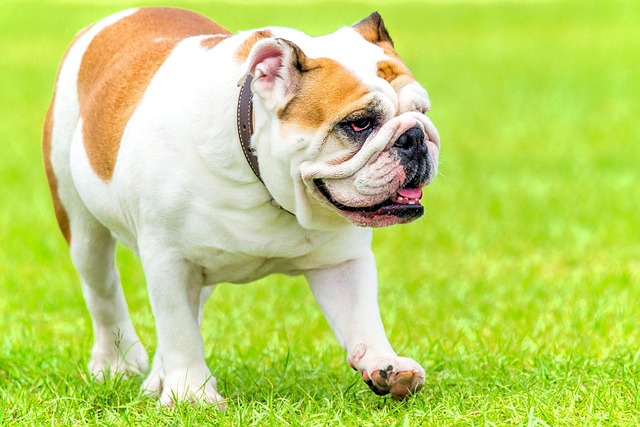
How do i train my dog to be obedient?
Watching your dog dart across the park ignoring your calls isn’t just frustrating—it can put them at risk near busy streets or public spaces.
Wondering if your furry friend has what it takes to zoom through tunnels and leap over hurdles? It’s not just about speed and athleticism—though those help! Figuring out if your dog is cut out for agility involves looking at a mix of physical traits, personality quirks, and even local regulations.
First off, certain breeds are natural-born agility stars. Border Collies, Australian Shepherds, and Jack Russell Terriers often excel thanks to their high energy levels and eagerness to learn. But don’t count out your mutt or less “sporty” breed! A Miniature Poodle or a rescued mixed breed with a spring in their step can surprise you. Just make sure your dog meets the basic health requirements—always check with your vet before starting any intense activity.
Personality matters big time in agility. Dogs that thrive in this sport are typically food or toy motivated. If your pup goes wild for a squeaky ball or loses their mind over chicken treats, that’s a good sign. They also need to be confident and adaptable. Agility courses can be noisy and chaotic, so dogs easily spooked by new sights or sounds might struggle. Observe how your dog reacts in busy environments—do they wag their tail and explore, or cower behind your legs?
 Before diving into training, familiarize yourself with local animal welfare laws. In many places, there are rules about dog sports safety and humane treatment. Make sure any training facility you choose follows ethical practices, like providing breaks and avoiding harsh punishments. Some areas also require dogs to be up-to-date on vaccinations and microchipped, especially for competitions.
Before diving into training, familiarize yourself with local animal welfare laws. In many places, there are rules about dog sports safety and humane treatment. Make sure any training facility you choose follows ethical practices, like providing breaks and avoiding harsh punishments. Some areas also require dogs to be up-to-date on vaccinations and microchipped, especially for competitions.
During playtime at home, look for clues. Does your dog love chasing a frisbee or navigating around furniture while playing fetch? These behaviors show natural coordination and problem-solving skills. You can even create a mini obstacle course using cushions and broomsticks to see how they respond. If they seem excited to figure out the “puzzle” rather than ignoring it, you’re onto something.
Keep in mind that agility is as much about the bond between you and your dog as it is about physical ability. The sport requires teamwork, patience, and positive reinforcement. If your dog enjoys spending time with you and responds well to praise, they’re more likely to enjoy the training process. And remember, it’s okay if your dog isn’t a natural—every pup has their own talents!
If you’re still unsure, consider signing up for a beginner agility class. Many trainers offer trial sessions where you can see how your dog handles the equipment in a controlled environment. It’s a low-pressure way to test the waters without committing to a full training program.
In the end, the best way to know if your dog will shine in agility is to give it a try. Whether they become a champion competitor or just enjoy the occasional backyard obstacle course, the important thing is having fun together. After all, that wagging tail is the real measure of success.

Watching your dog dart across the park ignoring your calls isn’t just frustrating—it can put them at risk near busy streets or public spaces.

New puppy owners often find themselves rushing to clean up accidents before they set in, and that’s where puppy pad training becomes a game-changer.

If you've noticed your dog's waistline disappearing and your veterinarian has mentioned those few extra pounds, your first instinct might be to simply reduce the amount of food in their bowl.

Training a dog to use a designated spot indoors isn’t as daunting as many new owners fear, but it does take consistency and an understanding of your pet’s needs.

That moment of dread on a walk is all too familiar for many new dog owners. You see another dog approaching down the sidewalk of your neighborhood

If the sight of another dog on your neighborhood walk makes your heart sink as your own dog erupts into a frenzy of barking and lunging, you're not alone.